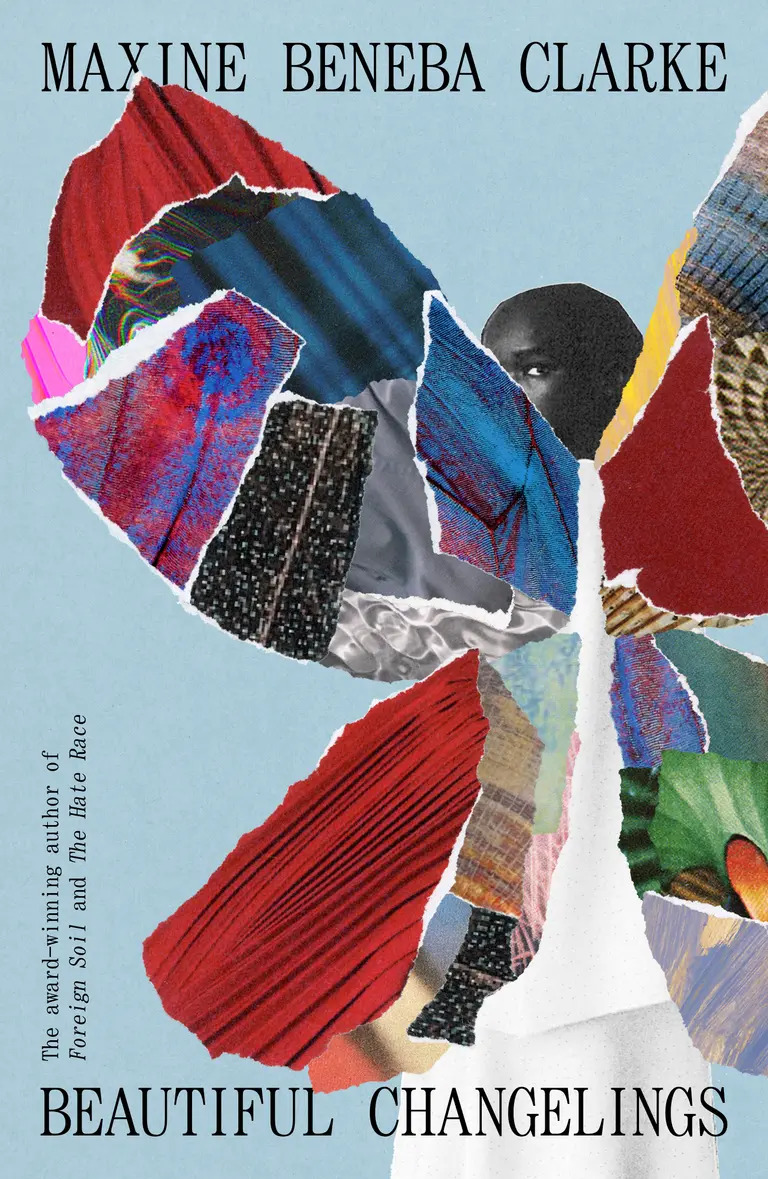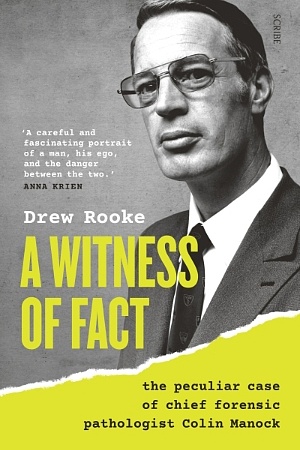Law’s #MeToo moment: Effecting change in the legal profession
There is a senior partner at my firm who famously harasses young women particularly when he has been drinking at social events. I was groped on two separate occasions. Nothing was done about it the first time I reported it. I did not report it the second time.
A barrister attempted to rape me after a conference. I successfully fought him off – dress torn, bruised. I did not report it. My career would have been ended had I made a formal complaint against a very senior and very highly respected counsel.
I worked for this judge as an associate … The behaviour was physical and highly intrusive and probably a criminal offence … I know of at least five women associates who have been the subject of a similar incident. There must be more.
Writing in 1957, American judge Felix Frankfurter mused about the qualities demanded of those in society who serve ‘in defence of right and to ward off wrong’. Of our lawyers, he observed, we expect certain attributes ‘that have, throughout centuries, been compendiously described as “moral character”’. Frankfurter’s historical analysis took him back to the reign of Edward I in the thirteenth century. Had he delved even deeper into the archives, he might have settled upon the words of Aristotle. Discussing humankind’s first lawyers, the orators of Athens, Aristotle insisted upon the occupational requirement of ‘good moral character’.
When allegations regarding Dyson Heydon’s past conduct were published by the Sydney Morning Herald on a wintry day in June 2020, I was not surprised. We have known for decades that harassment is widespread within law firms, courthouses, and barristers’ chambers. Since the 1990s, dozens of empirical studies in Australia and around the world have reached such conclusions. Law is a profession based on evidence; the evidence here is incontrovertible.
In 2018, a survey I led for the International Bar Association (IBA), the profession’s global peak body, found that one in three female lawyers and one in fourteen male lawyers had been sexually harassed at work or in work-related settings. This data was drawn from a sample of almost 7,000 respondents from 135 countries – the largest survey of its kind. In Australia the figures were even higher: forty-seven per cent of women and thirteen per cent of men said they had been harassed.
Our legal profession has approximate gender parity in numerical terms, although the ratio of men increases considerably with seniority. If almost half of the women – a full quarter of the profession – have been sexually harassed, it follows that there must be harassers in abundance. That is the unavoidable conclusion from three decades of research: there cannot be thousands of targets experiencing this abhorrent misconduct, and few perpetrators.
Continue reading for only $10 per month. Subscribe and gain full access to Australian Book Review. Already a subscriber? Sign in. If you need assistance, feel free to contact us.










Leave a comment
If you are an ABR subscriber, you will need to sign in to post a comment.
If you have forgotten your sign in details, or if you receive an error message when trying to submit your comment, please email your comment (and the name of the article to which it relates) to ABR Comments. We will review your comment and, subject to approval, we will post it under your name.
Please note that all comments must be approved by ABR and comply with our Terms & Conditions.